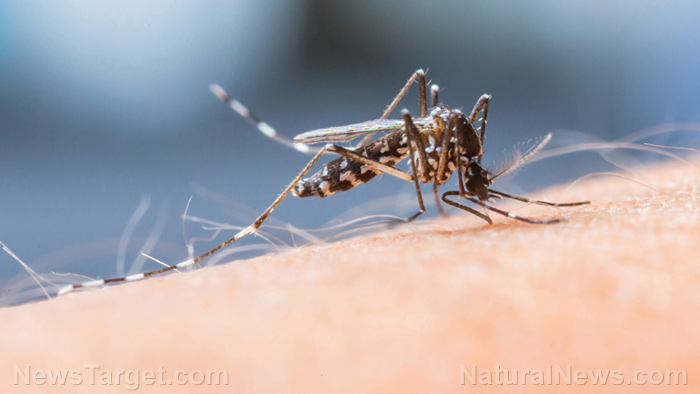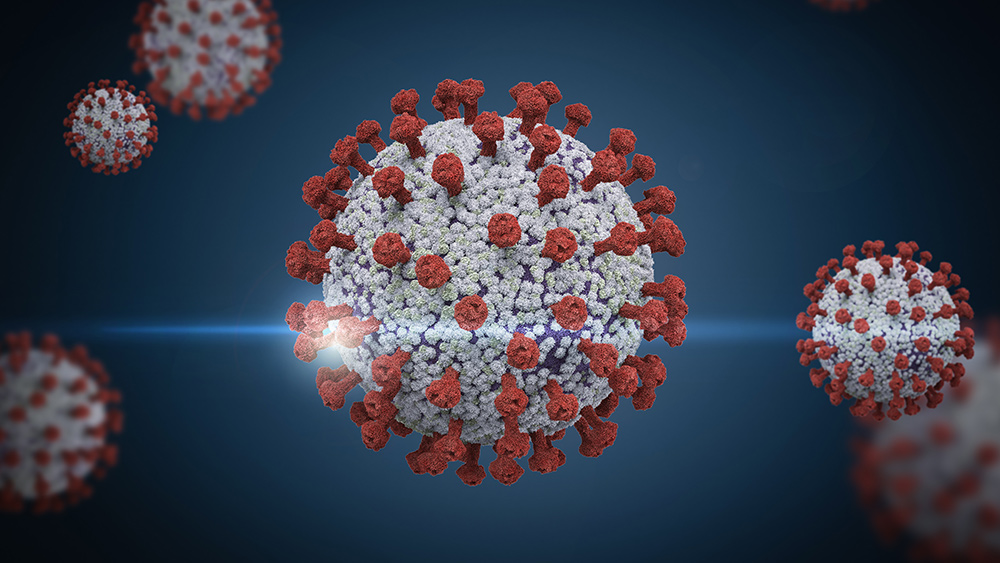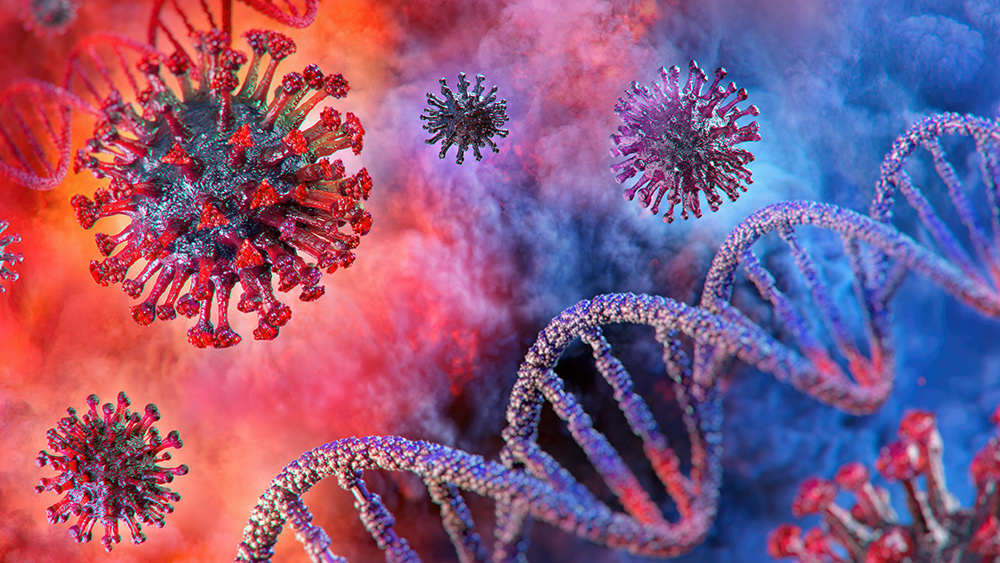Study: Ancient microbes could survive hundreds of millions of years below the surface of Mars while in “suspended animation”
11/08/2022 / By Kevin Hughes

A new study has put forward the possibility that ancient microbes could survive for hundreds of millions of years below the surface of Mars while in a state of suspended animation.
The Oct. 25 study published in Astrobiology stated that the bacterium Deinococcus radiodurans could survive 280 million years on Mars, almost 300 times longer than earlier presumed, if it was buried 32 feet underneath the surface of the Red Planet. D. radiodurans gained the monikers “Conan the Bacterium” and “superhero of the bacterial world” because of its toughness. The Guinness Book of Records awarded it the title of “world’s toughest known bacterium” due to its ability to endure acid baths, extreme temperatures and radiation doses.
Mars’ thin atmosphere, which is around 0.6 percent that of Earth, makes it a continual target of bombardment by severe cosmic radiation and solar protons. Its dry and cold conditions, which average -80°F (-63°C) at mid-latitudes also make it appear unfriendly to life.
To investigate whether or not life could survive in these conditions, the study authors exposed six kinds of bacteria and fungi found on Earth to a simulated cold and dry Martian surface and shot them with gamma rays or protons to imitate radiation in space. They also exposed the samples to much lower doses, which would happen if a microorganism was completely buried. (Related: Bacteria experiment findings suggest life could exist on Mars.)
Aside from D. radiodurans, they also subjected one yeast, three Bacillus bacteria and Escherichia coli, a pathogen usually discovered in the lower intestine of warm-blooded organisms. They found that the superbug survived enormous amounts of radiation in the cold, dry environment – even outliving the Bacillus spore that can survive on Earth for millions of years.
The researchers attributed the longevity of D. radiodurans partly to its genomic structure. They found that its chromosomes and plasmids, the double-stranded DNA molecules, are connected together – keeping them in total alignment and ready for repair after severe radiation.
Based on previous studies, D. radiodurans can survive 25,000 grays of radiation when suspended in liquid. However, it can survive 140,000 grays when dried, frozen and completely buried – mimicking the Martian subterranean environment.
“Resistance of microbes is a key parameter in considering survivability of microbes over geologic times on the frigid, arid surface of Mars. If Martian life ever existed, even if viable life-forms are not now present on Mars, whole viable D. radiodurans cells can survive the equivalent of 280 million years in the frozen Martian subsurface,” said the researchers from Northwestern University in Illinois.
D. radiodurans can survive up to 1.5 million years and longer
Buried just four inches below the Martian surface, D. radiodurans‘ survival period grows to 1.5 million years, and when buried 32 feet below, it could survive 280 million years. The researchers claim if a Martian microbe identical to D. radiodurans developed during the time when water last flowed on Mars, then its surviving remains could still be inactive underground.
Meanwhile, new research has suggested that ancient microbial life on Mars could have devastated the planet’s atmosphere through climate change that eventually led to its demise.
The new theory originates from climate modeling research that simulated hydrogen-consuming, methane-producing microbes living on Mars about 3.7 billion years ago.
At that time, atmospheric conditions were identical to those that existed on ancient Earth during the same era. However, instead of making an environment that would help them grow, just like what happened on Earth, Martian microbes may have wrecked themselves just as they were already starting, based on the study issued Oct. 10 in Nature Astronomy.
The model indicates that the reason life flourished on Earth and was doomed on Mars is due to the gas compositions of the two planets as well as their respective distances from the Sun.
Being farther away from the Sun, Mars was more dependent on a powerful fog of heat-trapping greenhouse gases like carbon dioxide and hydrogen to keep hospitable temperatures for life. As ancient Martian microbes ate hydrogen and created methane, they slowly ate into their planet’s heat-trapping blanket, ultimately making Mars so cold that it could no longer develop complex life.
Watch the video below to know about a NASA scientist’s revelation about life on Mars.
This video is from the EUROPEchannel channel on Brighteon.com.
More related stories:
ESA’s ExoMars orbiter finds “significant amounts of water” just three feet below surface of Mars.
Geological curiosity: Mars “blueberries” reveal what ancient Mars may have looked like.
Scientists discover new evidence of liquid water on Mars.
Sources include:
Submit a correction >>
Tagged Under:
bacterium, breakthrough, cosmic, Deinococcus radiodurans, discoveries, Mars, Microbes, microorganisms, red planet, research, Space, space tourism, weird science
This article may contain statements that reflect the opinion of the author




















